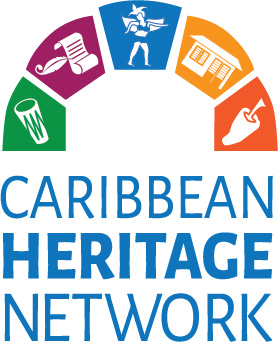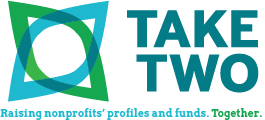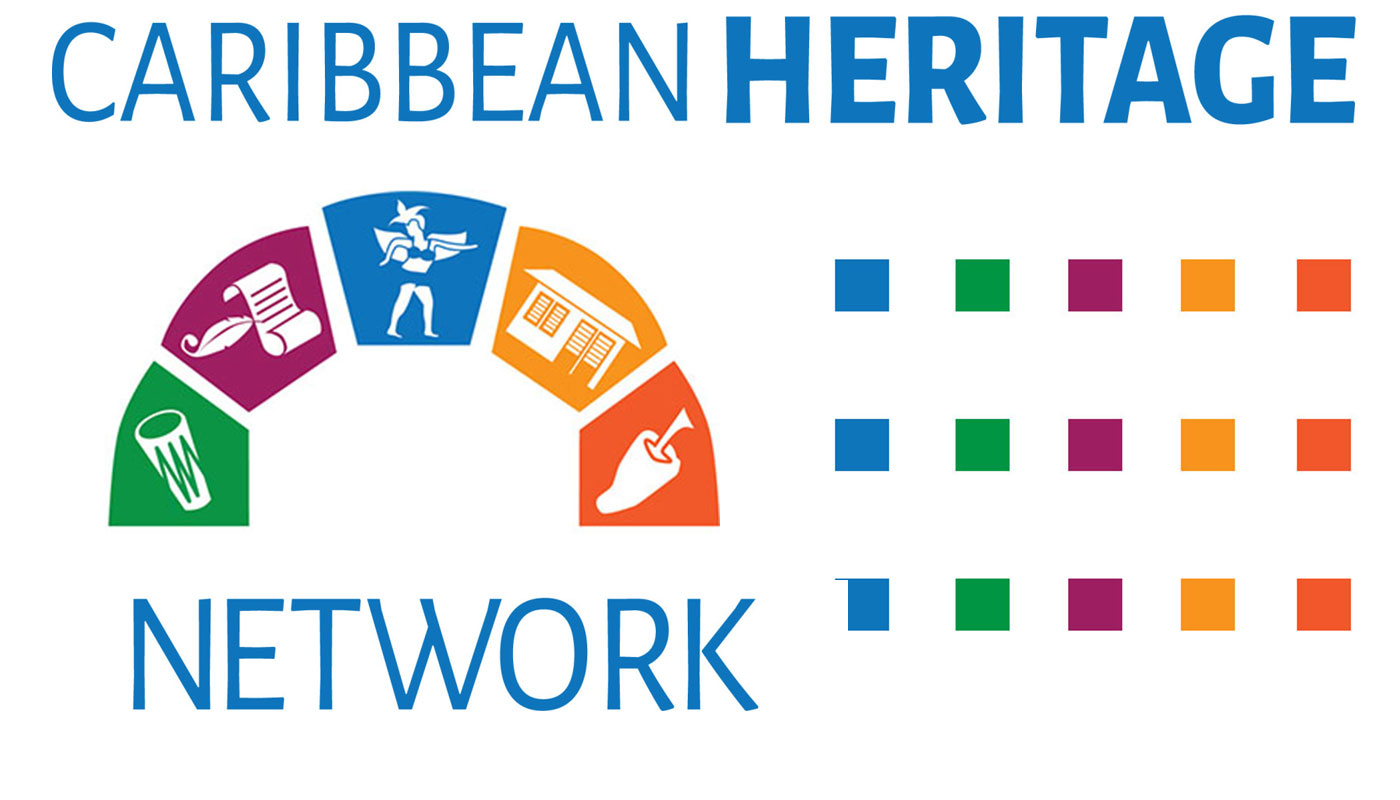A long time ago, when I was twenty-two, I had no idea who I really was. I just knew who I was projecting wasn’t right for me. And I had picked the best place to reinvent myself: New York City. Where you can be anybody, somebody, everybody, and nobody, all in the same day, as the photos in Matt Lapiska’s Sidewalk Portraits of illustrate.
 But in the world of nonprofit marketing, it’s rare to get the chance to completely change one’s identity, though a refresh or update can be necessary along the way. (Here’s an example of a re-branding we did that resulted from a mission refinement.) It’s far more common for new nonprofits to consciously create a identity. But we still see many organizations that start out without a coherent brand, simply because they are more focused on getting their programs off the ground.
But in the world of nonprofit marketing, it’s rare to get the chance to completely change one’s identity, though a refresh or update can be necessary along the way. (Here’s an example of a re-branding we did that resulted from a mission refinement.) It’s far more common for new nonprofits to consciously create a identity. But we still see many organizations that start out without a coherent brand, simply because they are more focused on getting their programs off the ground.
In the case of an organization that’s bringing together a network of not just people but countries, one cohesive identity is a must. In 2015, we were delighted to work with the founding board and executive director of a brand new organization, the Caribbean Heritage Network. Right from the first conversation, we knew the organization was off to a fantastic start, because it was formed as a result of an intensive need- and resource- assessment process (carried out by Coherit.) And, most unusually for a new organization, the Board chose to define the organization’s direction or scope of work from the outset keeping in view fundraising and marketing as core components of the programs. TakeTwo was proud to develop marketing and fundraising plans for the organization, and create a new brand identity.
Some of the major considerations we took into account when creating this new brand were:
- A network: First and foremost, the CHN logo had to convey that this organization was a network. We’ve all seen the many iterations of a net, or web. But a literal network was out of character. Instead we created a bridge, made up of five “stones” to symbolize the bridging across countries in the region.
- Beyond built heritage: Important to the CHN mission is reminding people that “heritage ≠ buildings”, meaning that we needed to express that heritage can be tangible and intangible. So, within each stone of the bridge, we incorporated a signature icon representing an important aspect of Caribbean heritage that the network is seeking to preserve.

- The green drum represents music and an oral tradition
- The purple scroll represents literature, writing, and other academic pursuits
- The blue dancer represents performing and visual arts
- The golden house represents architecture and places of historical happenings
- The orange pimiento pepper represents food
- 14 countries, 1 Identity: Though all the nations in the Caribbean Heritage Network are, of course, part of the Caribbean, naturally, each is distinct and has its own history and culture. We needed to make sure we weren’t skewing heavily towards one particular country, and at the same time use vivid colors that are distinct to the region.

- Avoiding “sun, sand, sea”: Think of the Caribbean and chances are the image of blue-green waves and a sandy beach, sunglasses, and a piña colada come to mind. For CHN, we needed to create an identity that didn’t replicate that now stereotypical view.
- One central story: Finally, the bridge made up of heritage icons along with the logotype, i.e. the name underneath it, illustrates one central brand story: “The Caribbean Heritage Network is the bridge that unites all types of heritage for all people of the Caribbean.”
In addition, we took into account the typical questions a logo and brand identity need to consider: clarity, memorability, exceptionalism (as in standing out from the crowd), and finally, the special something (we call it personality) that conveys a rightness about who the organization is.
How did we do? Do you look at the CHN brand and think, “Oh, I get a sense for who this is.” Or better yet, “I want to get to know who this is.”
Date
March 1, 2016

